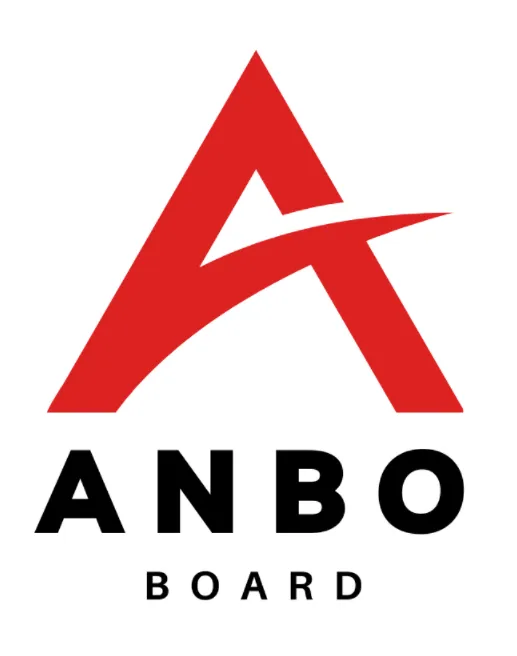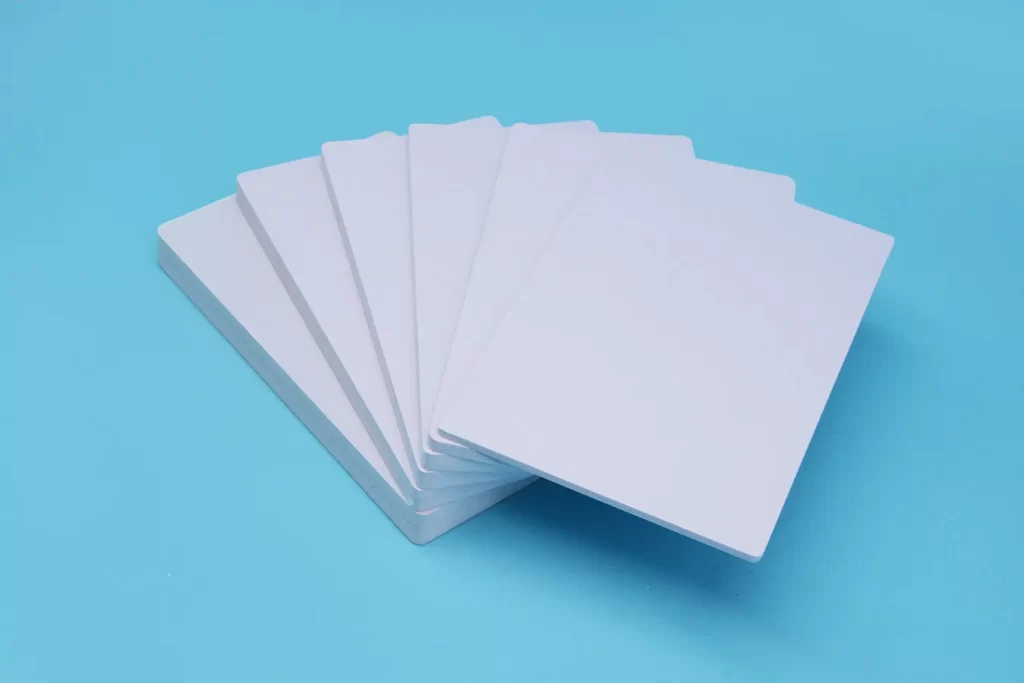
PVC foam board is a lightweight and cost-effective alternative to standard construction materials. It’s quick to install, reasonably priced and commonly used in residential and commercial applications. Thanks to its versatile characteristics and ease of maintenance, PVC foam board can be an ideal material for most building projects. So what is the process behind making pvc foam board? Read on to know more…
What is PVC Foam Board?
PVC foam board is a lightweight, board-shaped thermoplastic used in construction. It’s an inexpensive board that’s similar in appearance to standard construction materials. Unlike standard construction materials, PVC foam board doesn’t comprise of glued or nailed-together boards. It’s made of interleaved, melded and laminated layers of PVC. PVC foam board is a polymer-based material. It’s a thermoplastic material that’s created by heating polyvinyl chloride. This results in a material that has the characteristics of wood. PVC foam board can be used for a variety of applications such as mounting signs, creating partitions and partitions between rooms, creating closets and storage areas, and creating shelves and display cases.
Benefits of Pvc Foam Board
– Lightweight – PVC foam board is a lightweight and cost-effective alternative to standard construction materials. It’s quick to install, reasonably priced and commonly used in residential and commercial applications.
– Versatile – PVC foam board can be used for a variety of applications such as mounting signs, creating partitions and partitions between rooms, creating closets and storage areas, creating shelves and display cases, advertising industry.
– Ease of Maintenance – This board is easy to clean and maintain, making it suitable for interior and exterior use. Depending on the application, this board is resistant to moisture, sunlight, and abrasion.
– Recyclable – The layers of PVC used in this board are recyclable, making it environmentally friendly.
– Versatility – In addition to being used as an architectural board, this material can be used for a range of other applications such as creating furniture, making art, and craft projects.
– Durability – PVC foam board has a relatively low rate of failure, making it durable and suitable for long-term use.
How Is PVC Foam Board Made?
PVC foam boards are manufactured by extruding polyvinyl chloride (PVC) material through a heat application mechanism. In this process, the polyvinyl chloride (PVC) material is heated and extruded through a die to give the desired shape and dimensions. The extruded PVC is then cooled and cut to give boards of the desired size.
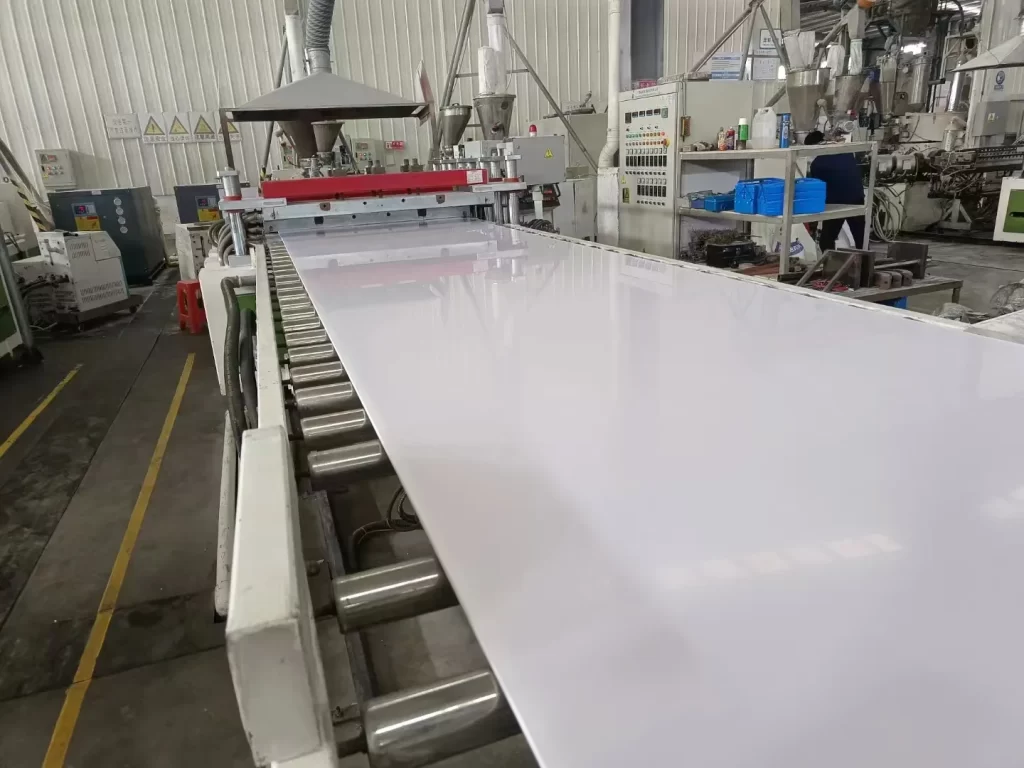
Choosing a manufacturer for pvc foam board
You can choose a manufacturer that meets the quality standards required for producing pvc foam board. Such standards include testing the components for strength, durability, and flexibility. They should also test the final product for water resistance and fire resistance. When choosing a manufacturer, consider the experience of the employees, the quality of their tools, and the cleanliness of the facility. Another factor you might want to consider is the location of the manufacturer. Ideally, the facility should be located in an area with good access to raw materials and finished products, as well as transportation and storage facilities. A clean, well-maintained facility is also important, since it’s likely to produce better quality products.
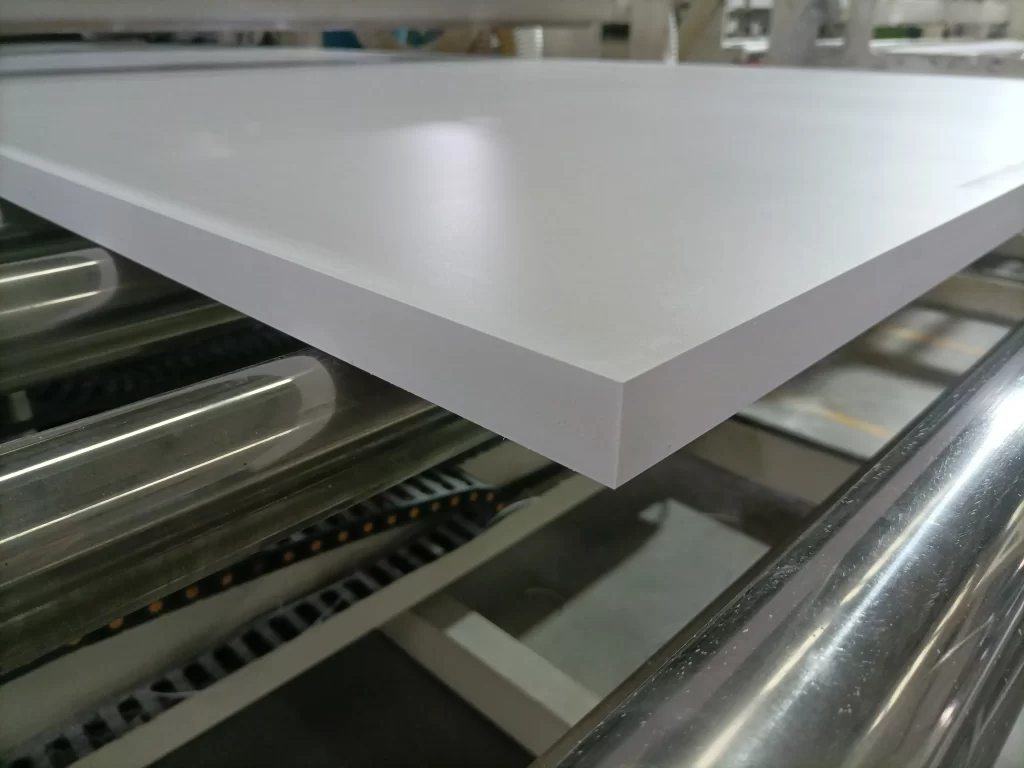
Conclusion
PVC foam board is a lightweight, cost-effective alternative to standard construction materials. It’s quick to install, reasonably priced, and commonly used in residential and commercial applications. This board is made of interleaved, melded and laminated layers of PVC and can be used for a variety of applications such as mounting signs, creating partitions, and creating closets and storage areas. Pvc Board is one of the most popular materials used in the construction industry. It’s quick to install, reasonably priced, and commonly used in residential and commercial applications. Pvc Foam Board is manufactured from a thermoplastic material that’s created by heating polyvinyl chloride (PVC).
